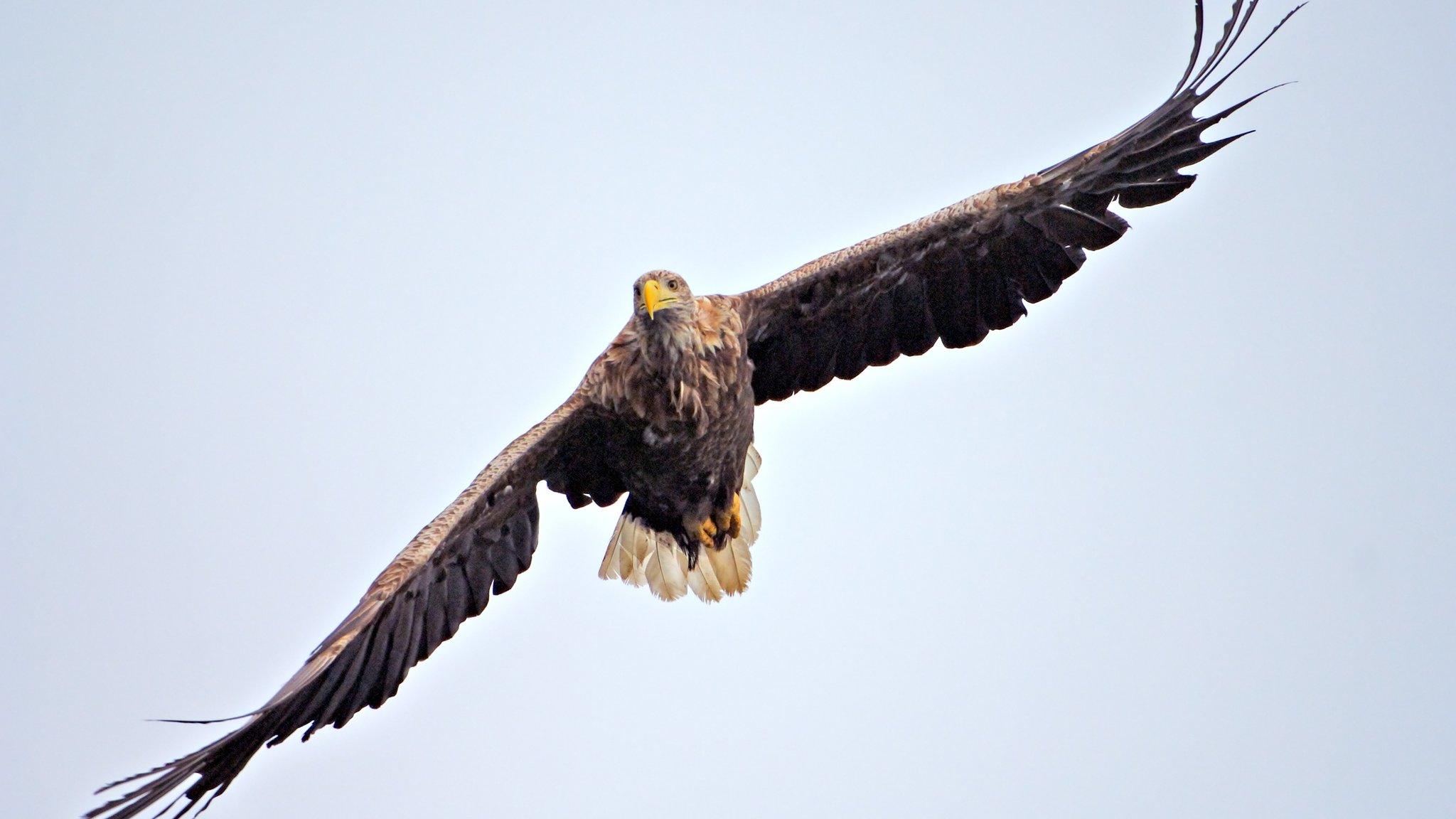'Sea eagle attacks have put my hill farm at risk'
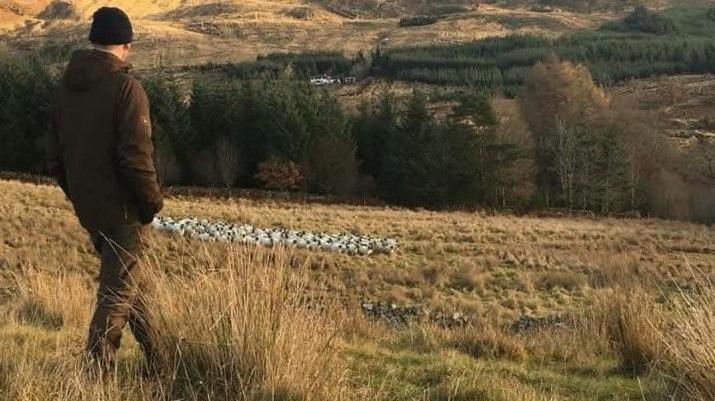
Ricky Rennie estimates that he will lose his farm within three years if eagle attacks continue at their current rate
- Published
A farmer has said he fears being forced off his hill farm within three years because of sea eagles killing half of his lambs.
Ricky and Kirsten Rennie are fourth generation farmers on Garvachy Farm, which overlooks Loch Fyne, near Minard, Argyll.
Mr Rennie said the increase in attacks by the white-tailed eagles have decimated their flock to the point that they are close to breaching the conditions of their secure tenancy of the farm.
The Scottish government said it was trying to "find a way to balance the conservation of this protected species" with farming interests.
Mrs Rennie's family have been tenants of the 2,500-acre farm, of which 1,000 acres is hilly terrain, since 1939.
The couple took it on in 2018 and had hoped to eventually hand it down to their three-year-old daughter.
The farmers started noticing killings by the apex predators - which were reintroduced to Scotland over the past 60 years - in 2012 but they have increased in recent years.
"We're not against the eagles but the sheer numbers of them is out of control this year," Mr Rennie said.
"We've got golden eagles here and we've not a had a problem with them."
While they used to have 1,200 sheep, they have only managed to keep the numbers at around 1,050 by keeping older breeding ewes on the hillside and keeping all their female lambs.
He can not buy replacements because the sheep learn to navigate the difficult terrain from their mothers.
Richard said: "The quality of our stock is going down because we're having to keep everything and what is left in the flock is getting too old. The birds are killing ewes – it's out of control."
"If we took the older ewes down we would be borderline in breach of our tenancy agreement to maintain the number of ewes on the hill," he said.
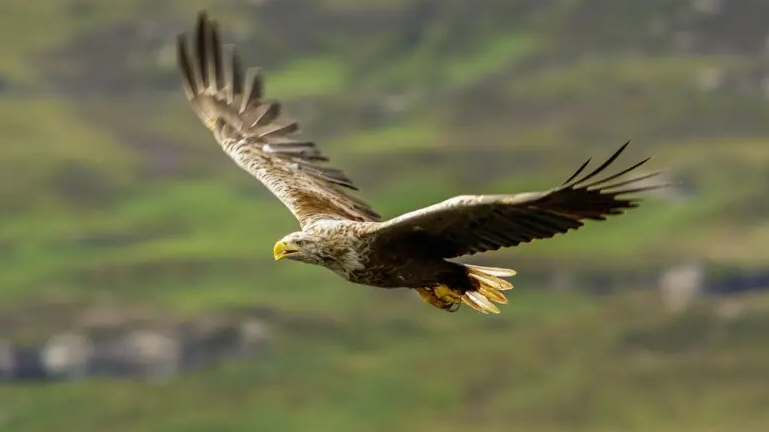
White-tailed eagles became extinct in Scotland in 1917, but were reintroduced 60 years later
White-tailed eagles are the UK's largest birds of prey with wingspans of around 2.4m (7.8ft).
Their chicks normally hatch in April and are fed in the nest until they fledge in July.
The return of sea eagles, which became extinct in Scotland in 1917, has been fiercely debated in rural communities.
Birds from Norway were released on Rum and in Wester Ross on the west coast from 1975 to 1985 and in Fife on the east coast from 2007 to 2012.
While the eagles attract wildlife tourists to remote and rural parts of the Highlands and Islands, some farmers and crofters in these areas have long told of the raptors taking lambs.
There are two adult pairs and one juvenile nesting near his farm this year.

Sheepdogs are also swooped on by the eagles
Mr Rennie said it was difficult to photograph the birds carrying off lambs, but they were left with the evidence of larger animals killed on the hillside with their organs removed by the raptors.
"The birds are so fast that by the time you've stopped the bike and taken out your phone it will have taken the lamb," he said.
He said his worst loss officially documented by NatureScot was six different eagles taking one lamb each in a single day in 2021.
That year he was left with 55% of his lambs, and an estimated £20,000 loss.
The eagles have since become bolder by killing larger animals as Mr Rennie has tried more techniques to keep the youngest lambs off the hill.
He has already recorded 280 lambs being killed in the past year - half of his lambs - and expects his losses in the current financial year to be between £24,000 and £28,000.
"We'd have been in the food bank to feed my daughter if it wasn't for my wife's wage as a principal teacher," Mr Rennie admitted.
"I don't take a wage out of the business at all."
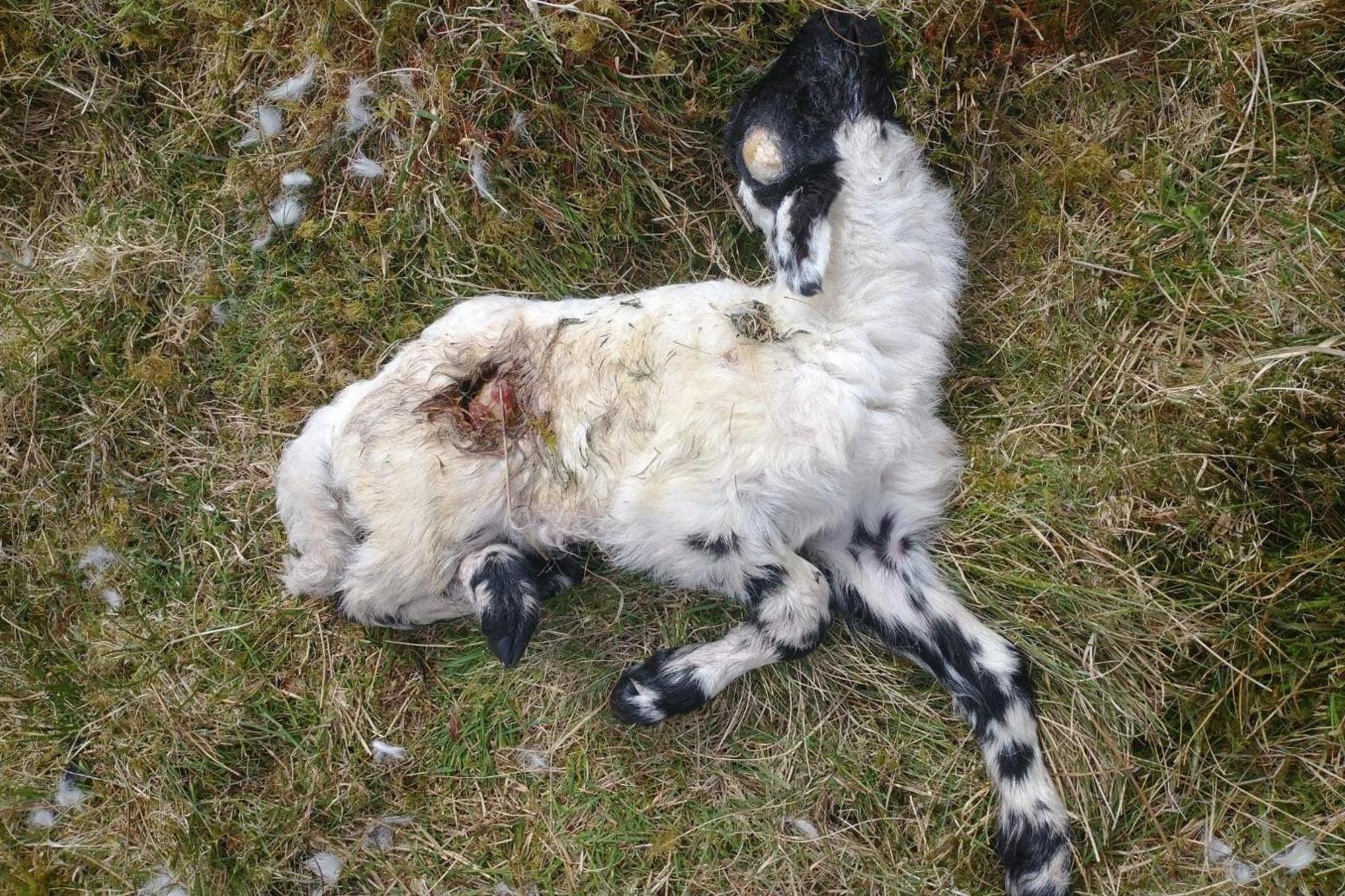
The white-tailed eagles have been killing larger lambs and ewes
NatureScot, the Scottish government's nature agency, has helped set up alternative feeding platforms using deer carcases and organs supplied by gamekeepers, but it has not stopped the eagles killing his sheep.
"The eagles are not interested," Mr Rennie said. "They just fly straight over it."
He said they prefer live animals and have killed ewes and even swoop at his dogs.
A spokeswoman for NatureScot said: "We are aware of the challenges of sea eagle predation at Garvachy and other farms and crofts across Scotland and are working closely with a range of stakeholders to try and address these issues where they occur."
She said the trial of diversionary feeding was one potential solution.
"This technique has had mixed success in other locations," she added. "We remain committed to refining this approach at Garvachy and we're exploring additional practical options."
The Rennie's farm is not the only one affected by livestock losses.
In 2024, 194 farms and crofts received compensation of up to £5,000 through NatureScot's Sea Eagle Management Scheme (SEMS), despite the lengthy application process requiring proof of losses and farm and flock documentation.
This has almost doubled in four years - in 2020 just102 holdings were approved for this assistance.
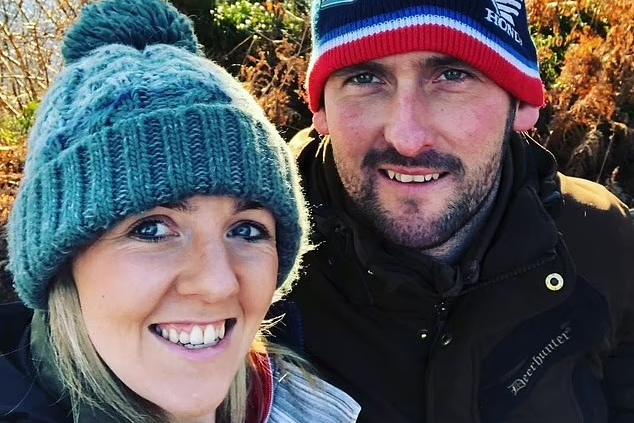
Ricky and Kirsten Rennie have been increasing biodiversity on the farm
Mr Rennie now estimates that they can only keep going for three more years if the sea eagles continue to kill his livestock at this rate.
He also fears that their efforts to increase biodiversity, such as protecting black grouse and owl habitats, would be lost if sheep farming ceases on the hill.
Asked what he wants from the Scottish government, he said: "What do you want us to do - do you want us to go out of business? Our hands are tied."
A Scottish government spokesperson said the minister for agriculture, Jim Fairlie, had visited Argyll recently to meet farmers affected by sea eagles.
"We understand the concerns of crofters and farmers, particularly with growing sea eagle populations and we are keen to try to find a way to balance the conservation of this protected species with farming interests," a statement said.
"The Scottish government recognise that white tailed sea eagles can cause economic impacts to farms and crofts in some locations and NatureScot is working closely with Garvachy Farm to mitigate the damage caused there."
A spokesman added that their Wildlife and Species Land Management Forum is bringing land managers together to discuss the "opportunities and challenges of working and living alongside endangered species" and they intend to continue SEMS in 2025 to provide "continued support to farmers and crofters".
Related topics
- Published3 July 2024
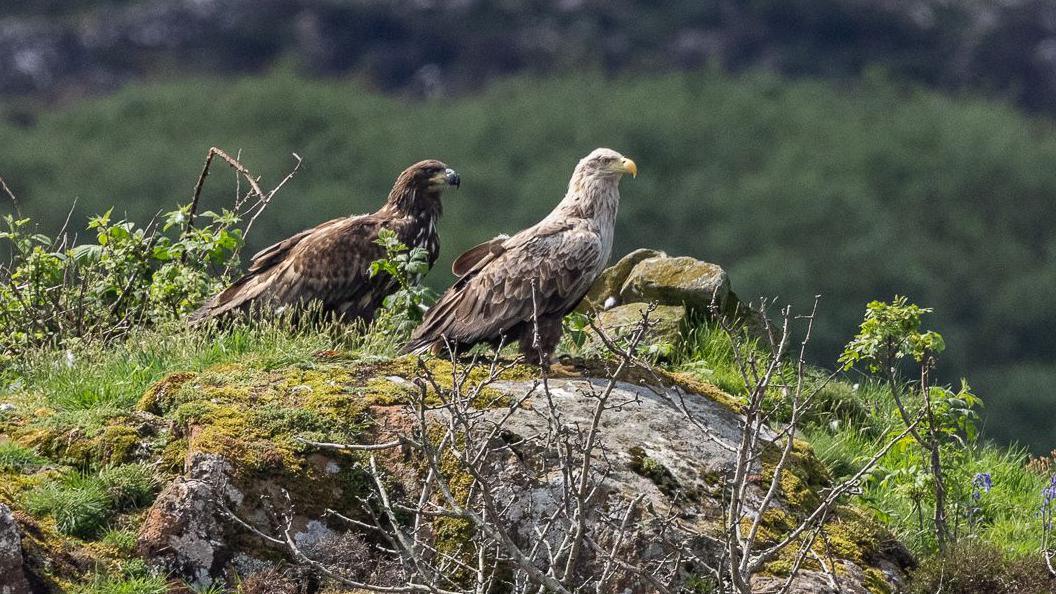
- Published13 October 2016
